Simple understanding and implementation of KNN algorithm!
Analytics Vidhya
APRIL 21, 2021
ArticleVideo Book This article was published as a part of the Data Science Blogathon. Overview: K Nearest Neighbor (KNN) is intuitive to understand and. The post Simple understanding and implementation of KNN algorithm! appeared first on Analytics Vidhya.


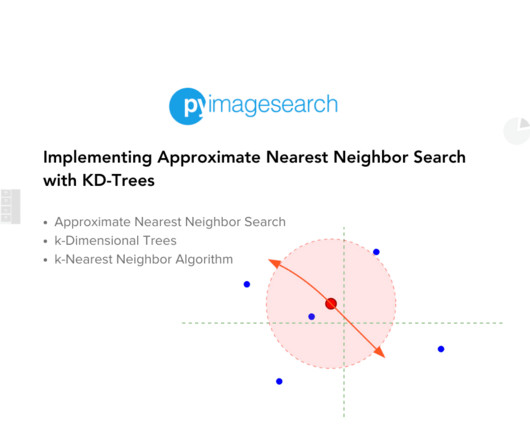
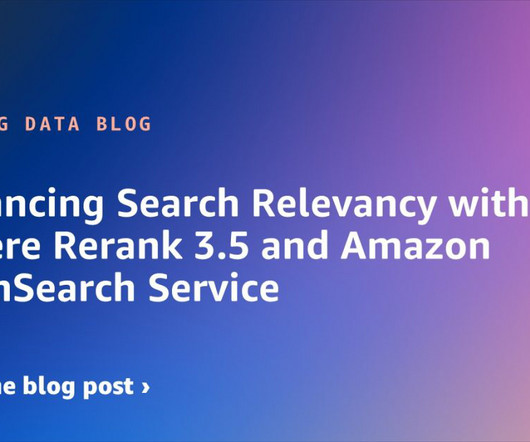
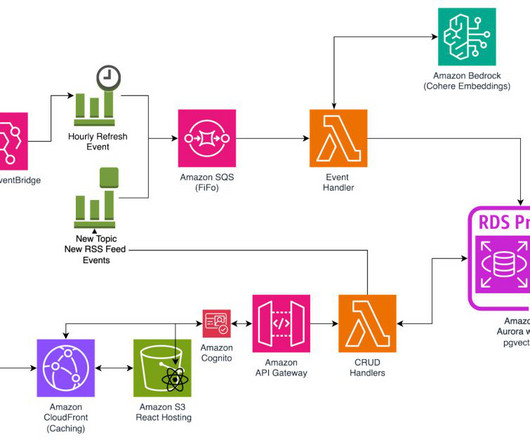


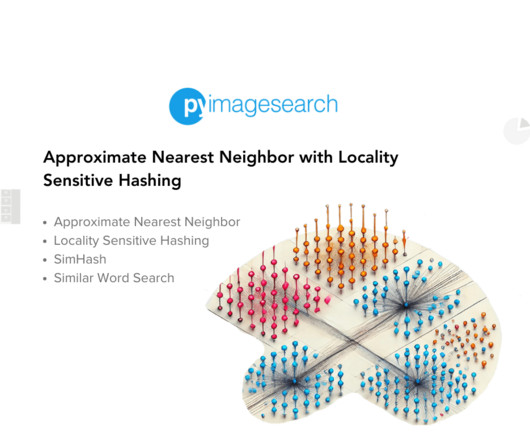
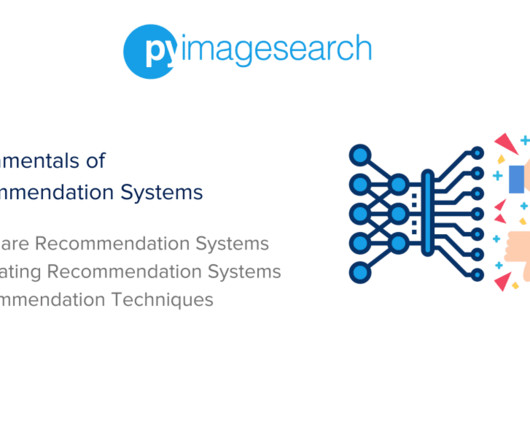








Let's personalize your content